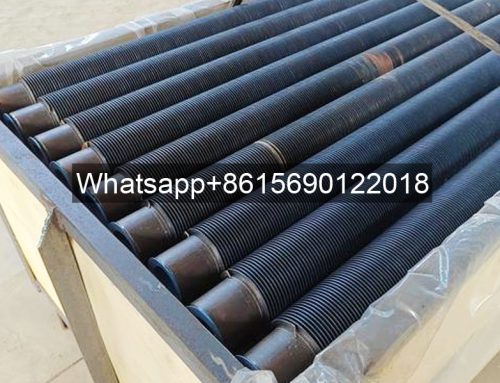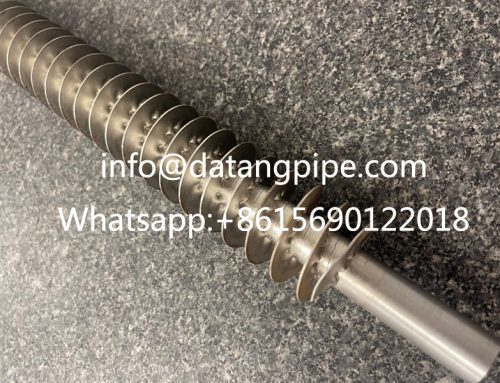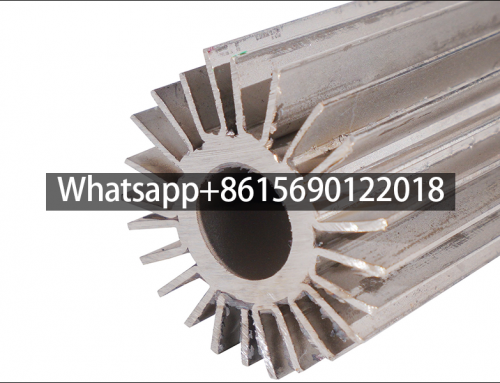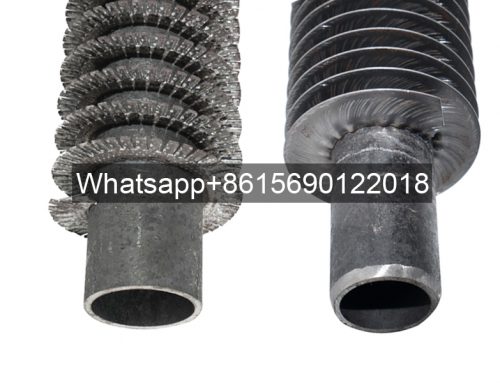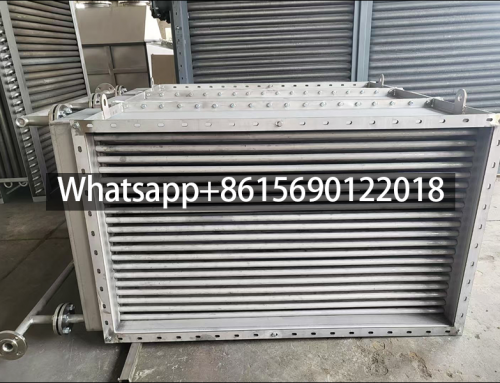The trapezoidal cross-section formed by rolling L type fin tubes is consistent with the heat flow density distribution. The tube segments are closely combined and the thermal efficiency is high, which prevents the contact thermal resistance of the serial-finned fin tubes due to the inability to eliminate the gaps between the tube segments.
Working temperature: 230℃
Features: Using winding technology, high production efficiency, uniform spacing, good heat transfer, high finning ratio, the base tube can be protected from air erosion.
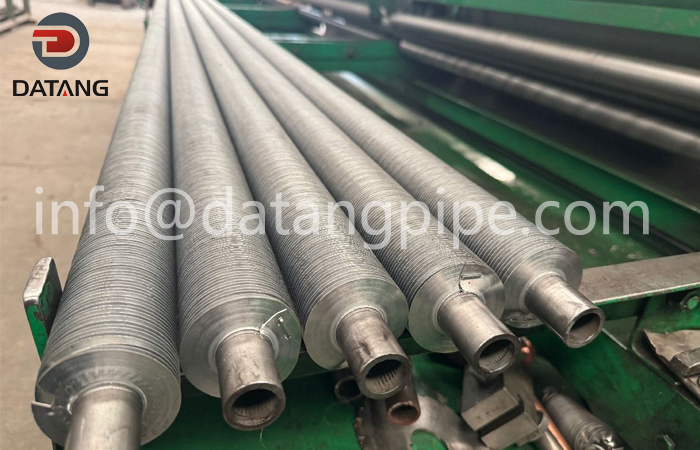
Application: Mainly used in air coolers, air heaters in petrochemical, electric power, papermaking, tobacco, building heating and other industries and air heaters in spray drying systems for plant protein powder and starch in the food industry.
Wound L type finned tubes are made of high-quality large-diameter steel pipes as raw materials, using high-frequency welding technology, convection heat dissipation, and surface coating with anti-corrosion paint or silver powder to produce industrial plants, greenhouses, agricultural planting, Heating or drying operations in large areas such as animal husbandry and medicine.
Fin tube radiators have been widely used in large-scale places such as agriculture, aquaculture, planting, greenhouses, animal husbandry, and industry. Due to its excellent heating effect and equipment economy, it is currently very popular and popular among radiator series equipment.
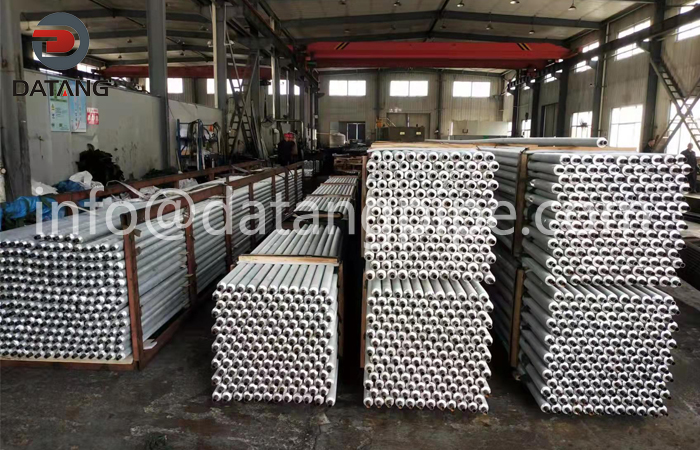
According to its working principle, wound L-shaped fin tubes can be divided into three categories: partition type, hybrid type and accumulator heating type. In a dividing wall heat exchanger, there is a solid wall between the hot fluid and the cold fluid. The two fluids are separated by the solid wall and do not contact each other. The heat transfer needs to pass through the wall. Hybrid heat exchangers rely on direct contact between cold and hot fluids for heat exchange. Theoretically, after heat exchange, a mixed medium of the same temperature and pressure should flow out. The steel fin tube radiator is connected by electric welding technology, and the high-frequency welding fin tube and the tank on both sides form the inner core, which is a light and narrow heating radiator with a deflector. Fin tube radiators are the main equipment of many heat exchange devices.
When heating is required, the air can be heated with high-temperature water, steam or thermal oil. When cooling is required, low-temperature water can be used to cool the air, such as chilled water. The radiator is a very popular industrial radiator that is widely used in heating systems in various fields such as agriculture, industry, manufacturing, aquaculture, etc.
How to test the sealing of L typ coiled fin radiator?
Close one end of the inlet and outlet interface of the fin radiator under test, insert a pressure substance from the other end, immerse the entire fin radiator in water, pressurize it to the test pressure, maintain the pressure, and check for leaks.
In the same way, first block one end of the L-type coiled fin tube inlet/outlet interface, introduce water and exhaust gas according to the other end, increase the pressure to the test pressure, maintain the pressure, check for leaks, and treat the water with compressed air after the test and dry.


